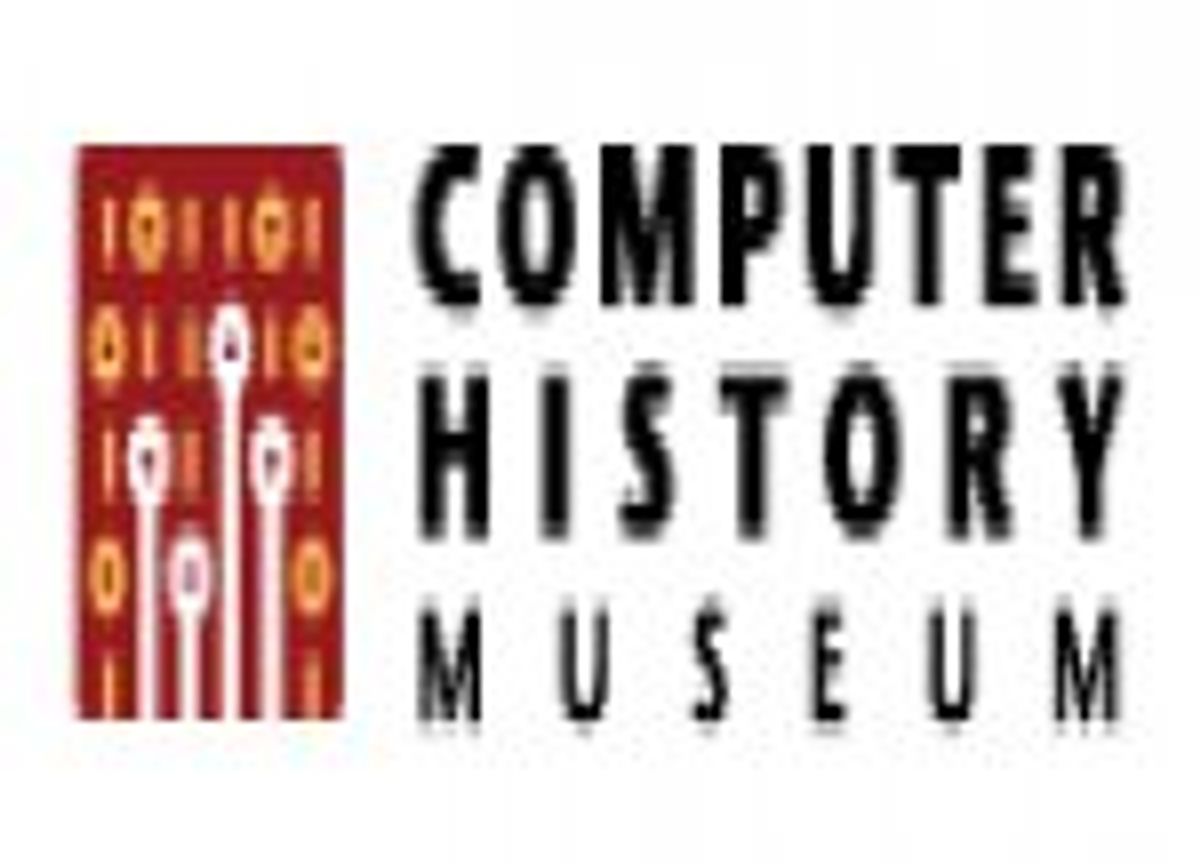On January 13, the Computer History Museum in Mountain View, California will be relaunching with a new exhibit, "Revolution: The First 2000 Years of Computing."
According to the museum's site, "Revolution is a 25,000 square foot, multimedia experience that will immerse visitors in the sights, sounds and stories of the computer revolution. More than 1,000 artifacts from the Museum’s vast collection will be on view, including rare computers, audio and video, photographs, games, and hands-on displays. Revolution will also feature more than 100 media stations and three mini-theaters."
How do they determine what to include? When the Wall Street Journal asked Dag Spicer, the senior curator at the museum, he said "We have what we call a 10-year rule. We prefer to wait 10 years in order to assess its historical importance. We've made exceptions—for example, the iPod. We didn't need to wait 10 years to know that would be a world-changing technology."
Across the blogosphere, I’ve been reading about the machines that gamers would include. The Apple II. The Commodore 64. The Atari 2600. I’ll add one more to the mix, but it doesn’t come from the States. It comes from Dundee, Scotland.
In the 1980s, Dundee seemed like the last place on earth for a computer revolution, but, as a burgeoning legion of Scottish programmers knew, something electric was coursing over the cobblestone streets. The Timex plant in town was churning out the UK’s first popular wave of home computers, the Sinclair ZX81 and Sinclair ZX Spectrum.
The Spectrum in particular, with its jet black keyboard and rainbow streak on the side, felt like a secret panel to another world. All you needed to know was the code, and you were in. The word about town was that a lot of Spectrum computers were falling off the trucks – purposefully – so that the town’s aspiring players could get their hands dirty. The revolution was built on stolen PCs.
Growing up in the town of the Spectrum had its perks. The local high school was among the first in the UK to offer computer studies. One of the students was Dave Jones. Gifted at math and terrible at sports, Jones put all his energy into teach himself to code, tinkering with his own programs and buildings his own rudimentary machines. Upon graduation, he knew exactly where he wanted to work: building Spectrum computers at the big brown Timex plant of his dreams.
Building hardware all day as an apprentice engineer was cool enough, he thought, but what he really burned to do was make games. At the time, a homebrew computer game scene had been burgeoning around the world. Especially in the United States, home computers such as the Commodore 64 and Apple II had developed a cult following among gamers making and distributing their own titles to play. Jones had joined a ragtag gang of computer coders called the “Kingsway Amateur Computer Club” who met at the local technical college. Before long, they were churning out some of the most influential games of their era, including Lemmings and Grand Theft Auto. And it all started with the Spectrum.
If you were the curator of the Computer History Museum, what would you include?
David Kushner is the author of many books, including Masters of Doom, Jonny Magic & the Card Shark Kids, Levittown, The Bones of Marianna, and Alligator Candy. A contributing editor of Rolling Stone, he has written for publications including The New Yorker, Vanity Fair, Wired, and The New York Times Magazine.



